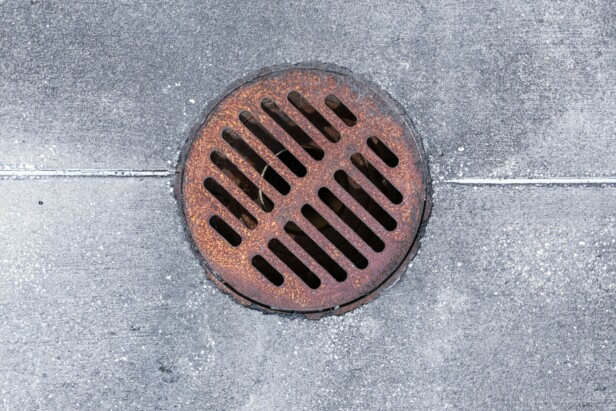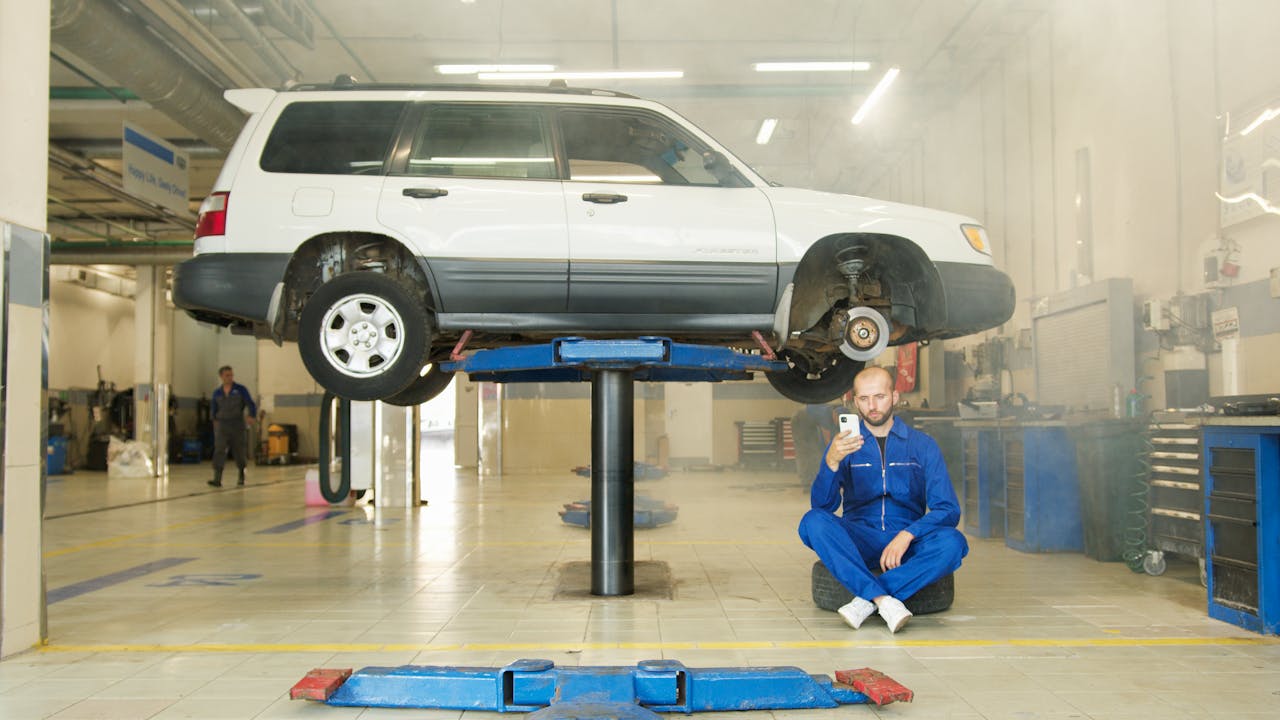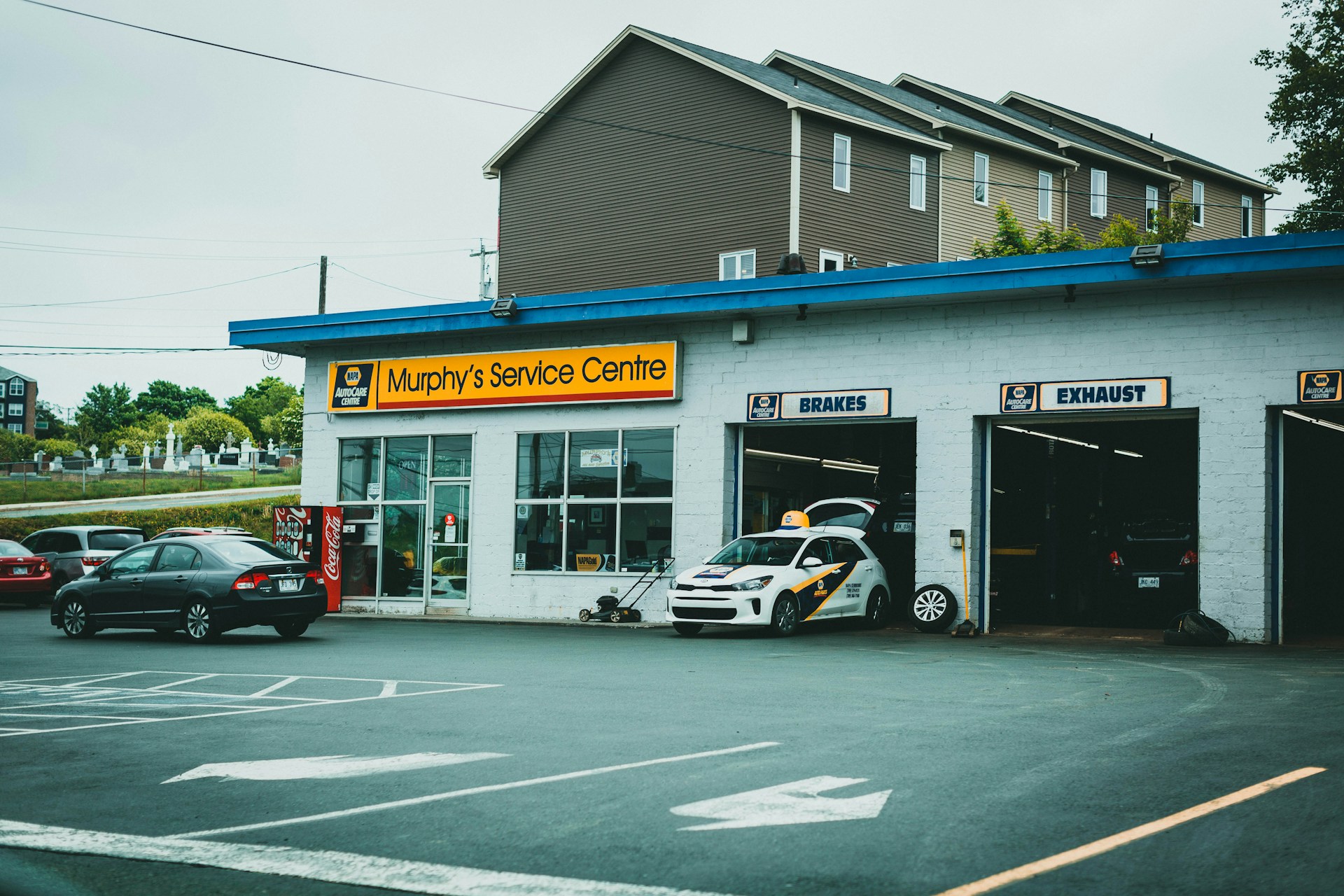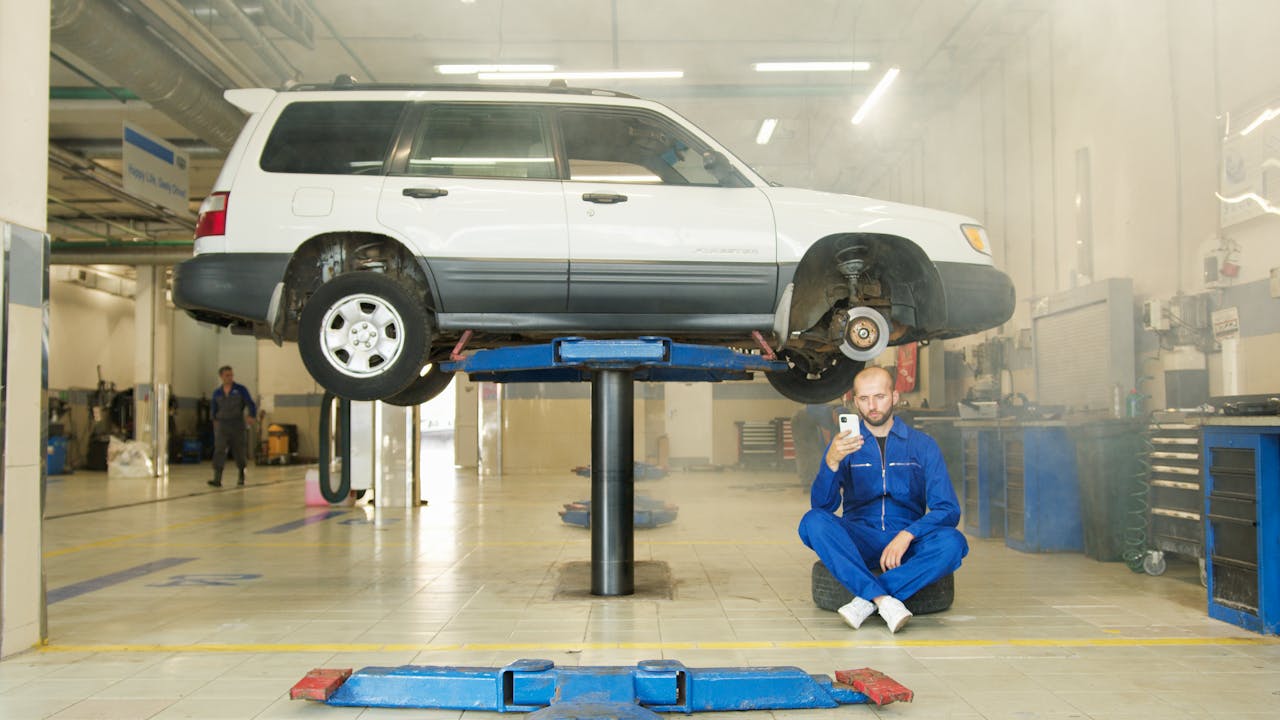Car wash water carries benzene, lead, zinc, oil, grease, and detergents that damage municipal systems and contaminate groundwater if discharged untreated. Commercial facilities in Arlington handle thousands of gallons daily, creating wastewater streams that require specialized capture and treatment systems.
Car wash drainage and oil trap Arlington systems manage the separation, treatment, and proper disposal of contaminated water from vehicle washing operations. The system encompasses slot drains, grit traps, oil-water separators, and connections to municipal sanitary sewers that comply with EPA regulations and City of Arlington Texas stormwater requirements.
Which Components Make Up A Compliant Car Wash Drainage And Oil Trap System?
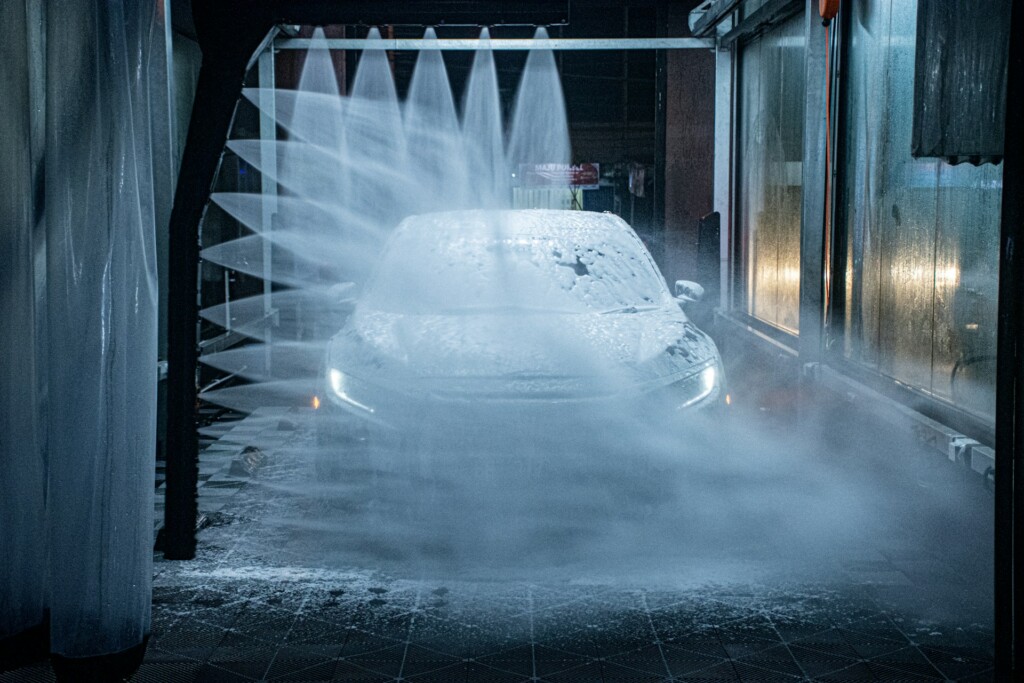
A compliant car wash drainage and oil trap system requires five key components that work together to capture, separate, and process wash water. Each component serves a specific function in removing contaminants before water reaches the sanitary sewer. We design these systems to handle the heavy loads and repeated traffic typical in commercial car wash operations.
Slot Or Grated Drains
Slot or grated drains form the first line of defense in car wash drainage systems. These drains collect surface runoff across wash bays and direct contaminated water into the treatment system. We typically install drainage grates made from stainless steel or galvanized materials to withstand vehicle traffic and corrosive wash chemicals.
Modern slot drain systems integrate flush with the surrounding pavement, creating a smooth surface that reduces trip hazards while maintaining structural integrity. The slot opening allows water to flow freely while preventing larger debris from entering the system. We size these drains to handle peak water flow during busy wash periods without causing backup or flooding.
Silt And Grit Traps
Silt traps, also called sand traps or grit traps, separate solid particles from wash water before it moves to subsequent treatment stages. These settling structures use gravity to allow heavier materials like sand, dirt, and road debris to settle at the bottom while cleaner water flows overhead. We position these traps immediately after the collection drains to capture solids early in the process.
Effective grit trap design includes baffles or screens that prevent settled solids from resuspending and flowing downstream. The retention time in these chambers allows particles to settle completely. We size these traps based on expected sediment loads and provide access points for regular cleaning and maintenance.
Oil-Water Separators
Oil-water separators, commonly called oil traps, capture hydrocarbons, oil, and grease from wash water using gravity separation principles. These separators exploit the density difference between oil and water, allowing lighter petroleum products to float to the surface where they can be skimmed and removed. We install Class I separators for car wash applications to achieve oil content below 5 mg/l at the outlet.
The separator design includes multiple chambers with inlet and outlet baffles that slow water flow and enhance separation efficiency. Some units incorporate coalescing plates that help small oil droplets combine into larger masses for easier removal. Regular maintenance keeps these separators functioning at peak performance and prevents oil from bypassing the treatment process.
Water Recycling Systems
Water recycling systems reduce fresh water consumption and wastewater discharge through reclaimed water tanks and filtration equipment. These systems capture treated wash water, filter it through multiple stages, and store it for reuse in subsequent wash cycles. We connect the final discharge from recycling systems to the sanitary sewer to handle water that cannot be economically reused.
The filtration process typically includes sand filtration, activated carbon treatment, and sometimes membrane filtration to remove fine particles and dissolved contaminants. A reclaimed water tank provides storage capacity and allows for consistent water quality before reuse. Properly designed recycling systems can reduce fresh water consumption by 70-80% while maintaining wash quality.
Car Wash Pits And Underground Components
Car wash pits house the separator equipment and provide access for maintenance activities. These reinforced concrete structures contain the oil-water separators, pump systems, and interconnecting piping that moves water between treatment stages. We design pits with adequate depth and access openings to facilitate regular inspection and cleaning.
The pit construction includes proper ventilation, lighting, and safety features for worker protection during maintenance operations. Connections between pit components use corrosion-resistant materials and watertight joints to prevent groundwater infiltration. We ensure all underground components meet local building codes and provide long-term reliability in the subsurface environment.
How Do Regulations Guide Design And Operation In Arlington?
The Clean Water Act forms the foundation of car wash water management requirements across the United States. Under this federal law, discharging pollutants into waters without a permit constitutes an illicit discharge that can result in significant penalties. This regulation directly impacts how we design drainage systems, requiring proper treatment before any discharge reaches waterways.
Storm drain protection represents a critical design consideration for car wash facilities. Most jurisdictions prohibit unpermitted commercial car wash water from entering storm drainage systems that flow directly to local streams and rivers. We route wash water containing hydrocarbons, oil and grease, and cleaning agents away from these systems to prevent environmental contamination.
Commercial car wash operations typically follow one of two regulatory pathways for water management. The EPA requires these facilities to either recycle their water through filtration and treatment systems or treat wash water before discharge to sanitary sewer systems. This regulatory framework influences our selection of treatment equipment and discharge routing during the design phase.
Local stormwater regulations add another layer of compliance requirements that guide operational procedures. The City of Arlington, Texas maintains comprehensive stormwater education programs to help businesses understand proper vehicle washing practices. These resources provide specific guidance on preventing pollutants from reaching the municipal storm drain network.
Permit requirements vary by jurisdiction but consistently focus on preventing contaminated water from reaching natural waterways. Some areas require specific permits for commercial car wash operations, while others allow discharge to sanitary sewers under general industrial discharge permits. We coordinate with local authorities early in the design process to ensure our systems meet all applicable regulatory standards.
What Maintenance Keeps Grit And Oil Traps Reliable And Compliant?
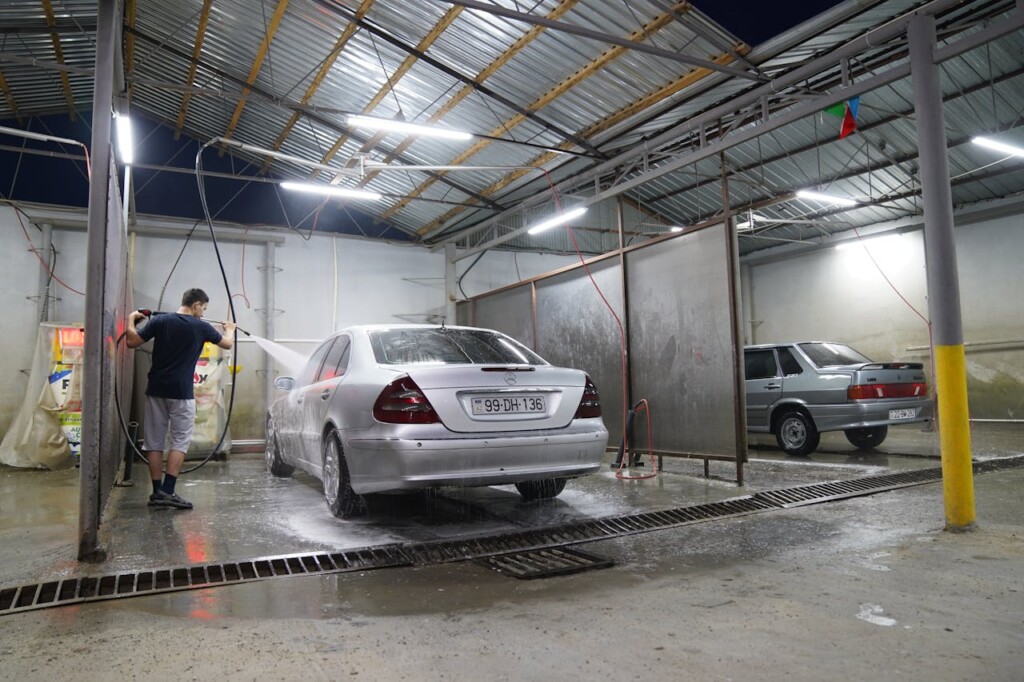
Effective grit trap cleaning prevents overflow conditions that trigger costly fines or force facility shutdowns. We schedule regular pumping to remove accumulated solids and oils before they reach capacity limits. Most jurisdictions require cleaning when traps reach 25% capacity, but high-volume car washes may need more frequent service cycles.
A structured maintenance schedule ensures compliance with local collection and disposal requirements. The EPA’s guidance on grease control equipment emphasizes consistent documentation and proper waste handling procedures. We track service dates, volumes removed, and disposal destinations to maintain regulatory compliance.
Preventing Line Blockages Through Comprehensive Cleaning
Pumping alone may not resolve all flow restrictions in connected drain and sewer lines. When grit traps fill to the outgoing pipe level, backups can occur throughout the drainage network. We inspect outlet pipes and downstream connections during each service to identify potential clog points.
Hydro-jetting provides superior cleaning power compared to mechanical snaking methods. High-pressure water jets can reach farther into pipe networks and clear stubborn blockages that standard equipment cannot address. This technique proves especially effective when dealing with clogged outgoing pipes where accumulated sediment restricts flow capacity.
Legal Disposal Requirements And Documentation
The waste generator bears full responsibility for legal disposal practices. Illegal dumping violations carry substantial penalties and can result in facility closure. We work exclusively with licensed haulers who maintain proper disposal manifests and transport waste to approved treatment facilities.
Service cycle documentation protects car wash operators from liability. Detailed records showing regular maintenance, proper disposal methods, and compliance with municipal regulations help defend against claims of improper waste handling. We provide comprehensive service paperwork that documents volumes removed, disposal locations, and hauler certifications for each cleaning event.
Our grit trap cleaning and pumping programs include emergency response capabilities for customers experiencing unexpected system failures. Regular maintenance prevents most emergency situations, but immediate service availability protects against extended downtime when problems do occur.
How Can Arlington Car Washes Reduce Water Use And Protect Drains?
Water recycling systems capture, filter, and reuse wash water through reclaimed water tanks and comprehensive filtration components. These systems collect water from multiple wash cycles, treat it to remove contaminants, and store the treated water for subsequent vehicle washing operations. We incorporate multiple filtration stages including sedimentation tanks, activated carbon filters, and membrane filtration to ensure water quality meets operational standards.
The key to effective water recycling lies in proper system design that handles both large particles and fine contaminants. EPA studies indicate that vehicle wash facilities can reduce their fresh water use by 50 percent to as high as 83 percent through water reclamation systems. Gravity settling tanks remove larger solids while advanced filtration addresses oils, detergents, and fine particles before the water returns to wash operations.
Sanitary Connection Requirements
All treated water discharge must route to the sanitary sewer system rather than storm drains. We design discharge points that connect directly to sanitary sewer lines to ensure compliance with Clean Water Act requirements. This routing prevents contaminated water from reaching local waterways and meets municipal discharge regulations.
The sanitary connection includes proper backflow prevention and sampling points for testing discharge quality. We install adequate piping with appropriate slope and access for maintenance crews. Treated water quality must meet local publicly owned treatment works standards before entering the sanitary system.
Pre-Treatment Through Separation Systems
Silt traps and oil-water separators function as primary treatment stages before any sanitary connection. These systems remove solid particles, oil, grease, and hydrocarbons that would otherwise overwhelm downstream treatment or violate discharge limits. We position these separators strategically to capture contaminants at their source points.
Multiple separation stages work in sequence to handle different contaminant types. Grit traps capture sand, dirt, and larger solids through gravity settling. Oil-water separators use coalescing technology to separate hydrocarbons from wash water. This staged approach ensures comprehensive solids separation and oil and grease removal before water reaches recycling systems or sanitary discharge points.
Access Points For System Maintenance
We design inspection access points throughout the system to enable routine pumping, hydro-jetting, and performance monitoring. Access covers at strategic locations allow maintenance crews to reach separation chambers, clean accumulated solids, and inspect system components. These access points prevent system failures that could cause environmental violations or operational shutdowns.
Maintenance access includes cleanout ports for drain lines, inspection risers for underground components, and service connections for pumping equipment. We ensure adequate spacing and sizing for maintenance equipment access. Regular inspection capabilities help identify potential problems before they impact system performance or regulatory compliance.
Conclusion And Next Steps
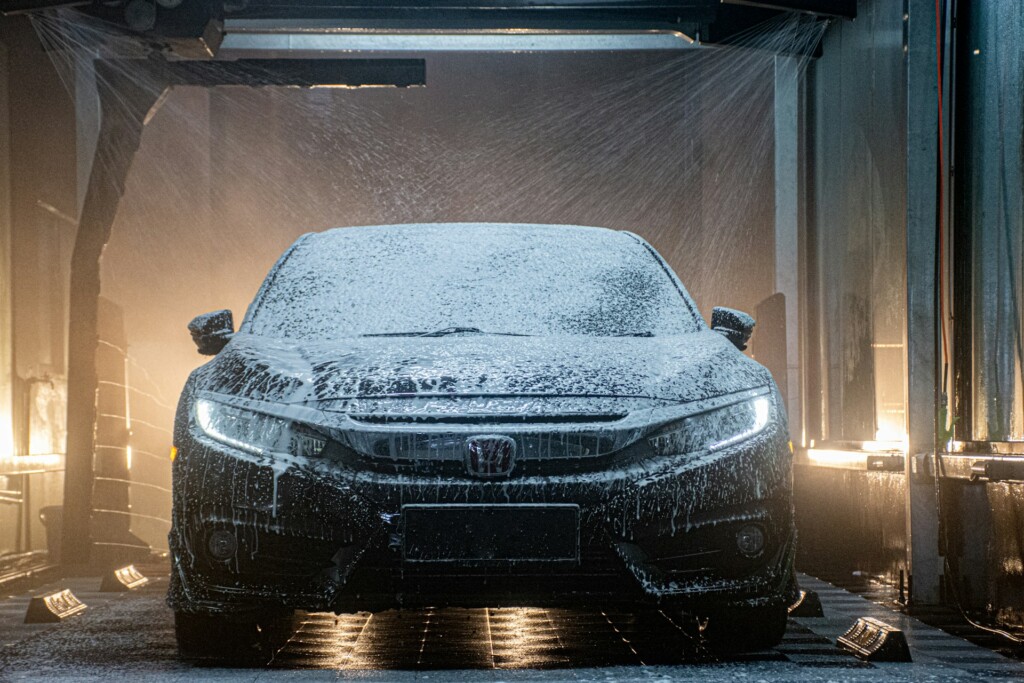
Arlington car wash operations need comprehensive drainage and oil trap systems that handle contaminated water through proper collection, separation, and discharge pathways. We design systems that capture pollutants at their source using slot drains and grated surfaces, separate solids through silt traps, and remove hydrocarbons with oil-water separators before directing treated water to sanitary sewer connections. This integrated approach ensures compliance with Clean Water Act requirements while supporting sustainable water management practices that Arlington stormwater education programs emphasize.
Successful car wash drainage and oil trap Arlington operations require ongoing maintenance schedules that prevent system failures and regulatory violations. We establish pumping cycles for grit trap cleaning, coordinate hydro-jetting services when drainage lines become compromised, and maintain detailed records that document proper waste disposal through licensed haulers. Regular inspections of access points, monitoring of separator performance, and documentation of all maintenance activities create the compliance framework that protects both business operations and local water resources.
Ready to ensure your car wash drainage system meets Arlington standards? Contact EB3 Construction for comprehensive system design, maintenance scheduling, and compliance documentation services.

